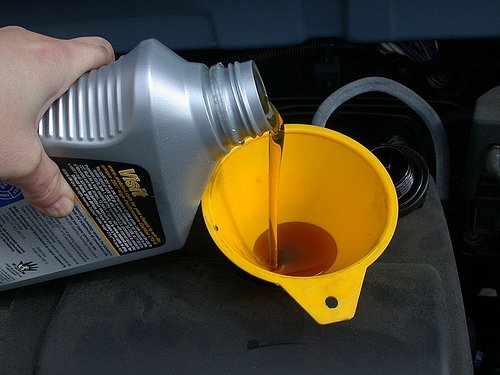
Viscosity of engine oil - we determine without problems
Content
Choosing a lubricant for your car's engine is not difficult if you find out what the viscosity of the engine oil is and some of its other parameters. Any driver can understand this issue.
Oil viscosity - what is it?
This fluid performs several important tasks that ensure engine performance: removal of wear products, ensuring an optimal indicator of cylinder tightness, lubrication of mating elements. Considering that the temperature range of functioning of the power units of modern vehicles is quite wide, it is difficult for manufacturers to make an “ideal” composition for the motor.
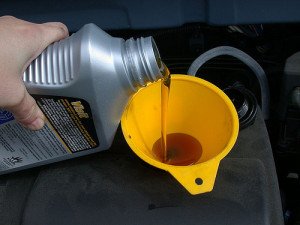
But they can produce oils that help to achieve optimal engine efficiency, while ensuring its negligible operational wear. The most important indicator of any engine oil is its viscosity class, which determines the ability of the composition to maintain its fluidity, remaining on the surface of the power unit components. That is, it is enough to know what viscosity to pour engine oil into the internal combustion engine, and no longer worry about its normal operation.

Dynamic and kinematic viscosity of engine oil
The American Union of Automotive Engineers SAE has created a clear system that establishes viscosity grades for motor oils. It takes into account two types of viscosity - kinematic and dynamic. The first is measured in capillary viscometers or (which is more often noted) in centistokes.
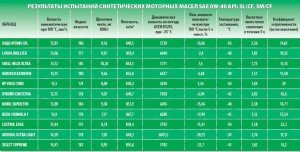

Kinematic viscosity describes its fluidity at high and normal temperatures (100 and 40 degrees Celsius, respectively). But dynamic viscosity, which is also called absolute, denotes the resistance force formed during the movement of two layers of liquid separated by 1 centimeter from each other at a speed of 1 cm / s. The area of each layer is set equal to 1 cm. It is measured with rotational viscometers.
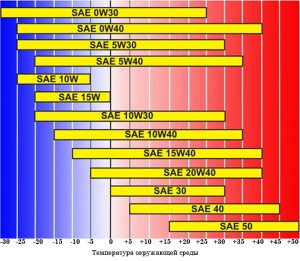



Watch this video on YouTube
How to determine the viscosity of engine oil according to the SAE standard?
This system does not set the quality parameters of the lubrication. In other words, the viscosity index of engine oil is not able to give the motorist clear information about what specific liquid is best for him to fill in the engine of his "iron horse". But the alphanumeric or digital marking of the SAE composition describes the air temperature when the oil can be used, and the seasonality of its use.
Deciphering the viscosity of engine oil according to SAE is not difficult. All-weather lubricants are marked as follows - SAE 0W-20, where:
- the number 20 is an indicator of the high temperature viscosity of the composition;
- the English letter W "gives permission" for the use of oil in the winter;
- the number 0 determines the lowest temperature value at which it is allowed to start the engine down to -40 ° C.


The classification of motor oils by viscosity for seasonal formulations is even simpler. Summer ones look like SAE 50, winter ones - SAE 20W.
In practice, the SAE class is selected based on what the average winter temperature regime is typical for the zone where the vehicle is used. Russian drivers usually choose products with an index of 10W-40, as it is optimal for operation at temperatures up to -25 degrees. And the most detailed information on the compliance of domestic viscosity groups and international classes is contained in the motor oil viscosity table. Finding it on the Internet is not difficult at all.
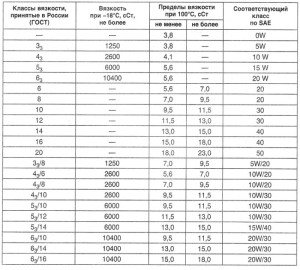

In addition to the described classification of oils by viscosity, they are divided according to ACEA and API indices. They characterize motor lubricants in terms of quality, but we will talk about this in another material on the viscosity of lubricants for car engines.


Watch this video on YouTube